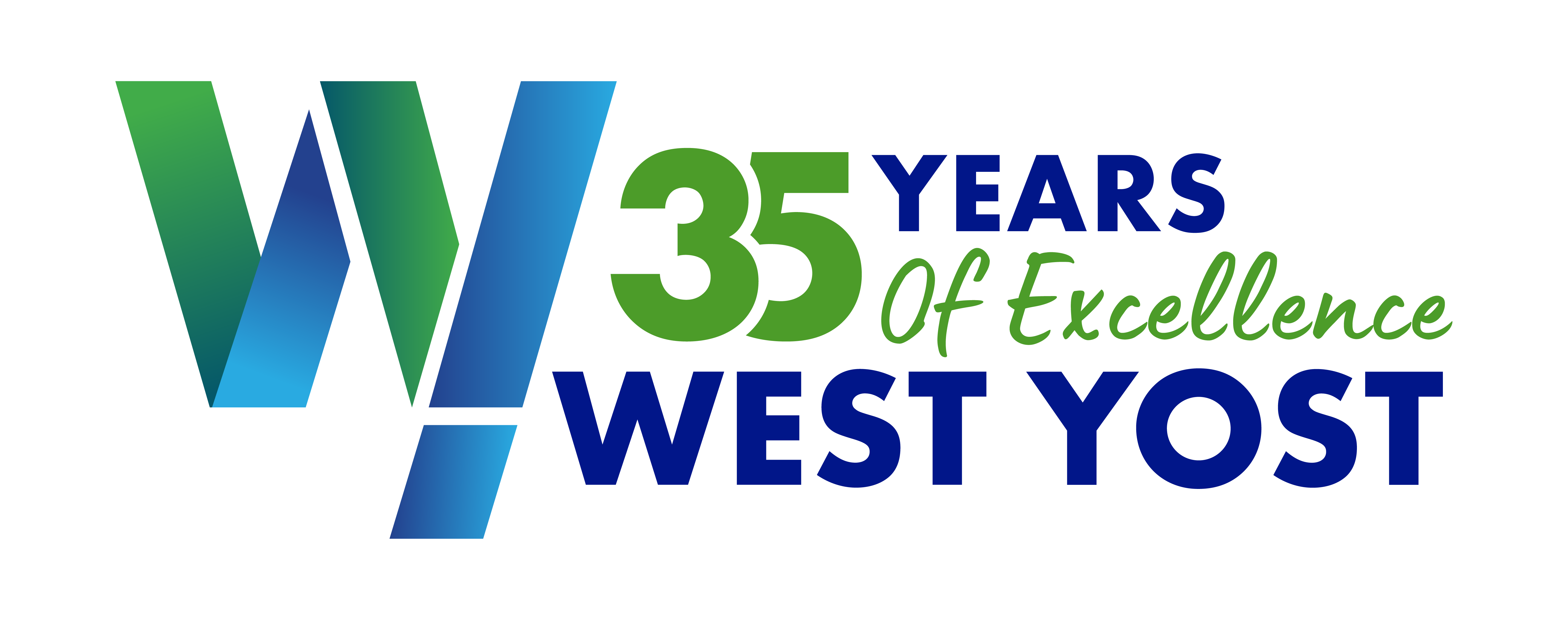Unlocking Efficiency: The Art of Asset Management Made Simple

By Anne Girtz and Mike Zacharia, Asset Management Specialists
West Yost’s Asset Management team helps our clients understand the importance of the entire lifecycle of municipal assets to preserve infrastructure, reduce risks, and extend facility life. Our team creates customized asset management programs through broad client engagement which provides a comprehensive understanding of the client’s stakeholders, objectives, constraints, and possible paths forward.
This blog contains and answers the following:
- Importance of Regular Maintenance
- Understanding Public Utility Assets
- Principles of Asset Maintenance
- Optimizing Asset Value
- EPA Best Practice Guide
- Sustainable Utility Infrastructure
- Right-Sizing Asset Management
What exactly is a public utility asset and what are its components?
What are the core questions that the EPA challenges you to know for effective asset management?
What is the concept of right-sizing in asset management?
How can ISO 55000 be unpacked for utility asset management?
Just like your car, or the appliances in your house, public utility assets serve vital needs that we recognize but often take for granted. They all need regular maintenance, to varying degrees, in order to function as intended until they must ultimately be renewed or replaced. Without this regular attention, assets can fall into disrepair and operate inefficiently. Left unattended, these failing assets will increase the risk to the agency and create a daunting backlog of work, repairs, and replacements that is hard to dig out from.
The better we maintain our assets, the longer we can expect them to last.
What exactly IS a public utility asset? An asset is the infrastructure – pipes, valves, manholes, pumps, and much more – that make up our water, sewer, and stormwater systems. These assets work together to provide service (such as water delivery and wastewater collection/disposal) right to your doorstep. Most of these systems are underground – typically over 80% of the utility’s infrastructure value – unseen day-to-day by customers. Because these systems are underground, it is easy to forget that they need regular maintenance, and issues that would be visible above-ground can be left unattended, increasing the risk of a catastrophic failure or other unplanned event. While many of these systems are underground, some assets, such as above-ground pump stations or treatment facilities are accessible and visible, providing utility O&M and Engineering staff a greater opportunity to maintain them and monitor their performance.
Everyone knows what happens when you don’t change your car oil regularly… at a minimum – a reduction in your car’s efficiency, and at worst – a complete seizure of your engine. The same principles apply to public utility assets – the better we maintain them, the longer we can expect them to last and the less urgent and emergency issues we will have to deal with.
Just like the your car, or the appliances in your house, public utility assets serve vital needs that we recognize but often take for granted.
Are you making the right investment in your assets at the right time and at the right value?
If utility agencies (and the customers they serve) want to optimize the value of their public utility assets we must balance maintenance and renewal investment with required service level EPA said it best in 2008 when it published Asset Management: A Best Practice Guide . Summarized in 5 core questions, the EPA challenges you to know:
- The assets you own
- The level of service at which they must perform
- Which assets are most critical
- What annual and capital investments are required
- How these investments will be funded
These questions work together to frame the structure of a successful asset management program for a sustainable utility infrastructure by making the utility aware of what it owns, where vulnerabilities may exist, and where and how much investment is required which all feed into the funding levels to meet the utility’s service goals .
Right-Sizing Asset Management For You
How much is too much and how big is too big? How do I unpack all that is ISO 55000 for my utility? We often see the confusion with our asset management clients and the standards and guidelines that exist to frame a successful program. ISO is detailed and can be daunting. It may also not fit your organization for various reasons. Practical Asset Management and satisfying the framework put forth by EPA will yield a successful asset management program for your utility. West Yost has guided many water and wastewater utilities to develop asset management programs specifically for how their utility does its business. We start with education, focusing on utility management drivers, the elements of asset management, risk principles and the interaction of staff for decision-making to a self-driven program based on collaboration, risk-based decisions, and action.
Our job as asset managers is to help utility managers develop long-term plans in a strategic and right-sized approach. We can help you optimize the life of your assets by creating a self-driven program specifically for your agency.
By Anne Girtz and Mike Zacharia, Asset Management Specialists
Anne Girtz and Michael Zacharia hold Professional Engineering licenses in California. Anne specializes in helping clients develop bespoke risk assessment frameworks and using those frameworks to develop short- and long-term prioritized asset renewal programs. Michael is a former utility asset manager experienced in asset management program development; computerized maintenance management systems and how they are a critical tool to the success of asset management; and the challenges utilities face in implementing asset management programs.
